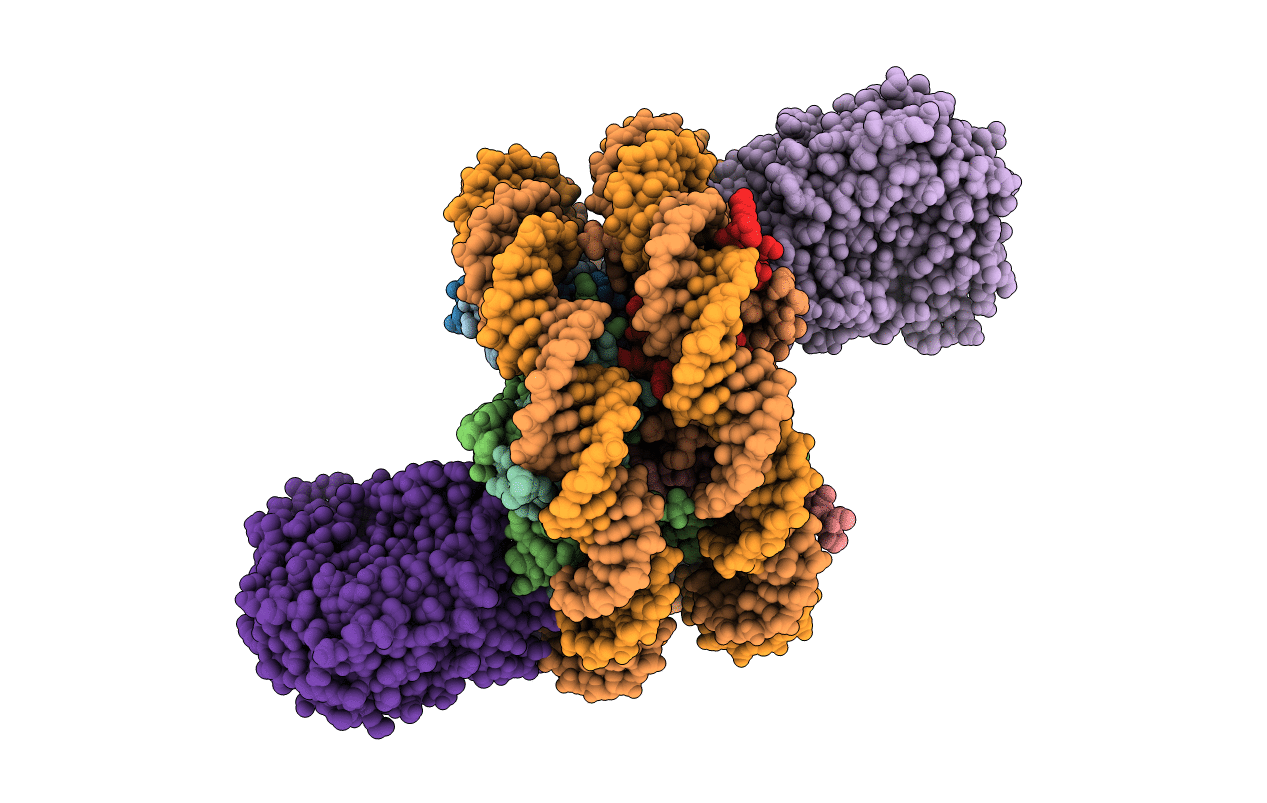
Deposition Date
2010-05-04
Release Date
2010-08-25
Last Version Date
2023-09-06
Entry Detail
PDB ID:
3MVD
Keywords:
Title:
Crystal structure of the chromatin factor RCC1 in complex with the nucleosome core particle
Biological Source:
Source Organism:
Xenopus laevis (Taxon ID: 8355)
Drosophila melanogaster (Taxon ID: 7227)
Drosophila melanogaster (Taxon ID: 7227)
Host Organism:
Method Details:
Experimental Method:
Resolution:
2.90 Å
R-Value Free:
0.21
R-Value Work:
0.17
R-Value Observed:
0.17
Space Group:
P 1 21 1


